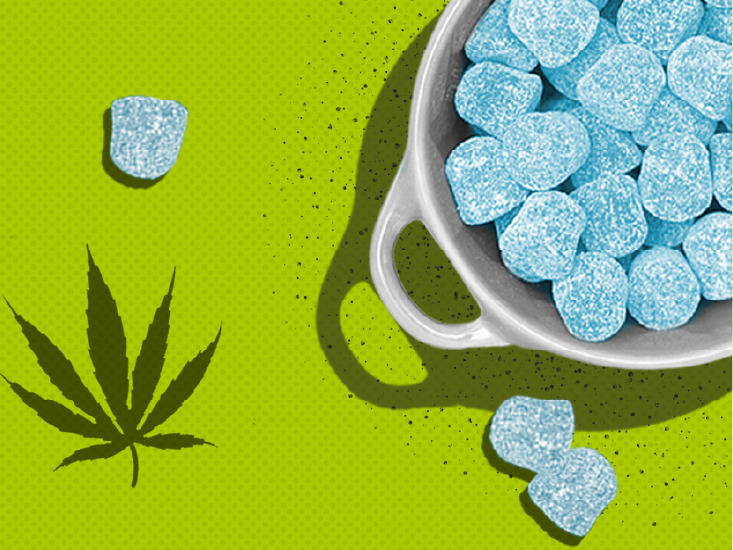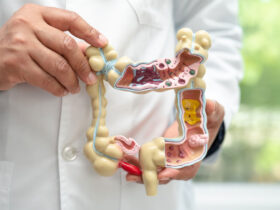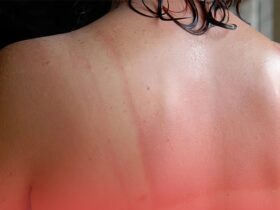Accidents can happen anywhere, even within the safety of our homes. Being prepared to handle common household injuries is essential for ensuring the well-being of your family. In this comprehensive guide, we’ll delve into effective first aid techniques for addressing the most frequent injuries that occur in households.
1. Cuts and Scrapes: Clean and Cover
Minor cuts and scrapes are everyday occurrences. Begin by cleaning the wound with mild soap and water. Gently pat the area dry with a clean cloth or sterile gauze. Apply an antiseptic ointment to prevent infection. Cover the wound with an adhesive bandage or sterile dressing to protect it during the healing process.
2. Burns: Cool and Protect
Burns from hot surfaces, liquids, or steam are common in kitchens. Immediately cool the burned area under cold running water for at least ten minutes. Avoid using ice, as it can damage the skin. After cooling, cover the burn with a clean, non-stick bandage to prevent infection. Seek medical attention for more severe burns.
3. Bruises and Swelling: R.I.C.E. Method
Whether from a minor fall or collision, bruises and swelling can be alleviated with the R.I.C.E. method: Rest, Ice, Compression, and Elevation. Encourage the injured person to rest, apply ice to the affected area to reduce swelling, use compression with an elastic bandage, and elevate the limb if possible.
4. Sprains and Strains: Support and Rest
In the event of a sprain or strain, provide support to the injured area. Use a brace or splint if available. Encourage the individual to rest and avoid putting weight on the injured limb. Apply ice to reduce swelling, and consider using over-the-counter pain relievers as directed.
5. Nosebleeds: Pinch and Lean Forward
Nosebleeds are often caused by dry air or minor injuries. Instruct the person to pinch their nostrils together and lean forward slightly to prevent blood from flowing down the back of the throat. Encourage breathing through the mouth. If the bleeding persists, seek medical attention.
6. Splinters: Remove Carefully
Splinters can be painful and lead to infection if not properly removed. Use sterilized tweezers to grasp the splinter as close to the skin’s surface as possible. Gently pull the splinter out in the same direction it entered. Clean the wound and apply an antiseptic ointment.
7. Insect Bites and Stings: Ice and Antihistamines
For insect bites or stings, remove the stinger if present using a credit card or tweezers. Wash the area with soap and water, and apply ice to reduce swelling. Over-the-counter antihistamines can help alleviate itching. Monitor for signs of an allergic reaction and seek medical help if necessary.
8. Poisoning: Call Poison Control Immediately
If you suspect poisoning, call Poison Control immediately. Do not try to induce vomiting unless directed by professionals. Have the name and information of the substance ingested ready when you seek assistance. Follow the guidance given by Poison Control.
By having a good understanding of these first aid techniques, you equip yourself to handle common household injuries effectively. Consider taking a first aid course to further enhance your skills and confidence. Being prepared can make a significant difference in ensuring the swift and appropriate response to injuries within the comfort of your home.






